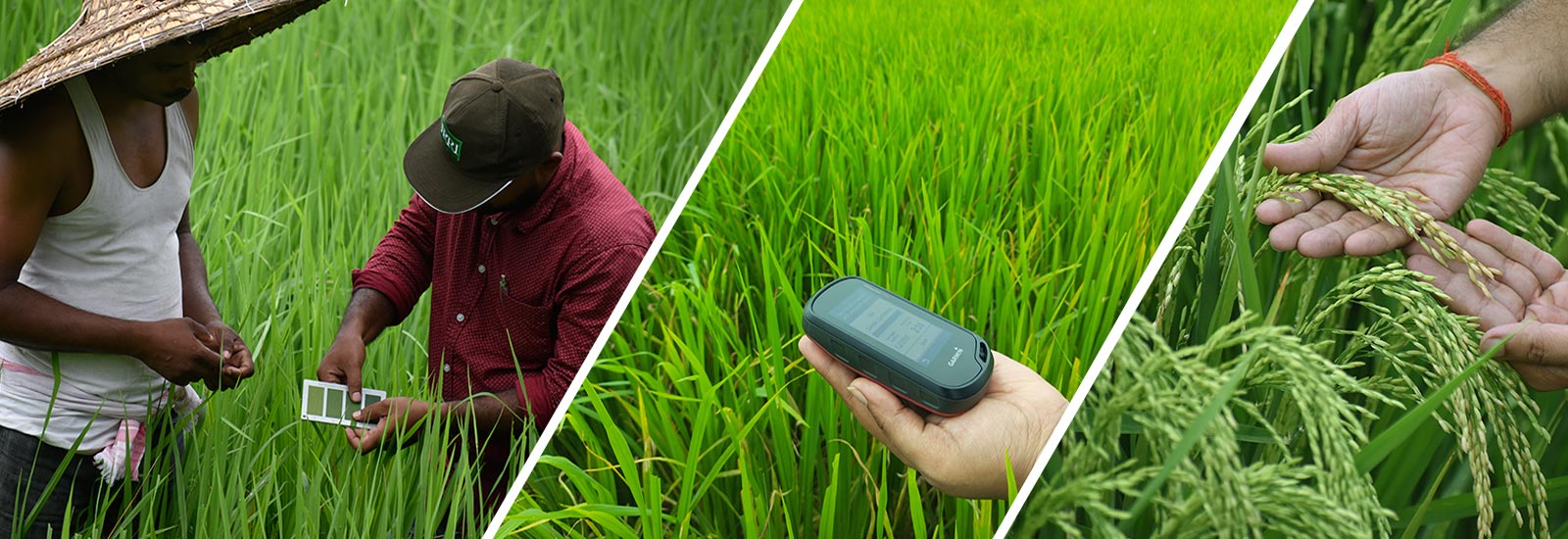Rice Varieties
The most suitable variety is the one that best meets the farmer and the consumer’s needs. It may not always give the highest yields and may be influenced by availability of water (either from rain or irrigation), soil typeand field elevation and whether the rice would be sold or consumed at home.
Varieties should be selected based on good yield potential, resistance to disease and insect-pests, competitive ability to weeds, good eating qualities, high milling percentage and suitability to the market. When selecting a variety check the following:
Crop duration
- Long-duration varieties (more than 140 days) suitable for irrigated areas or flood-prone areas.
- Medium-duration varieties (120–140 days) suitable for both rainfed and irrigated areas.
- Short-duration varieties (less than 120 days) suitable for drought-prone areas or for double cropping.
Crop height
- Tall varieties (>1.2 m) are suitable for flood-prone and unlevelled fields, lodging may be a problem.
- Medium height varieties (1.0–1.2 m) are suitable for most of the areas and do not lodge, when fertilizer is used.
- Dwarf varieties (less than 120 days) suitable for drought-prone areas or for double cropping.
Grain quality
A premium is often paid for aromatic varieties having longer grains, but yields are normally lower. Eating quality such as softness, stickiness, colour and taste after cooking are important.

